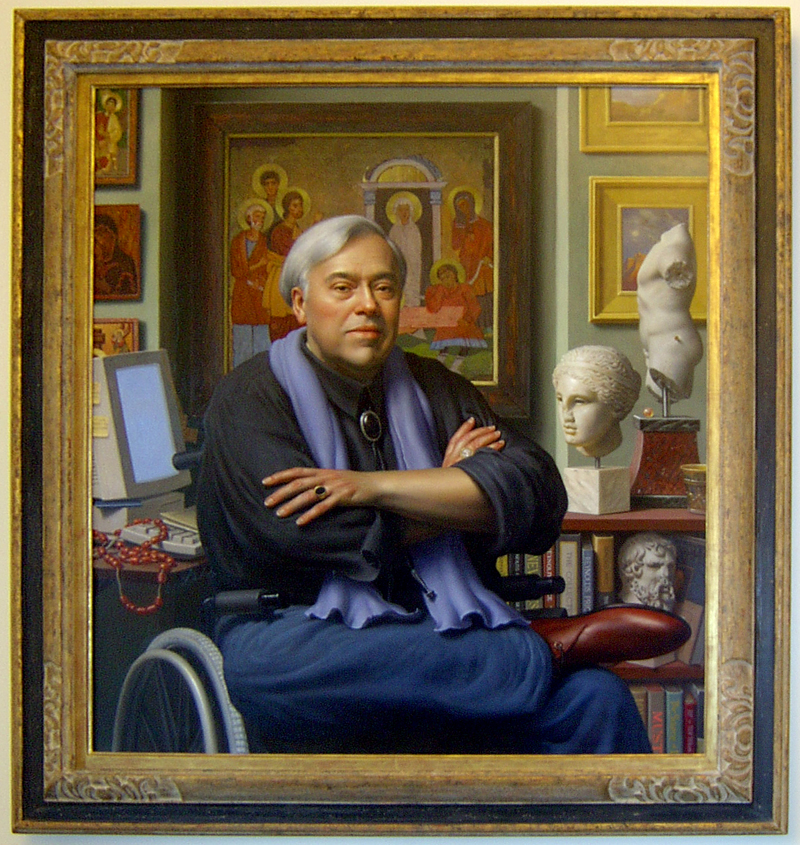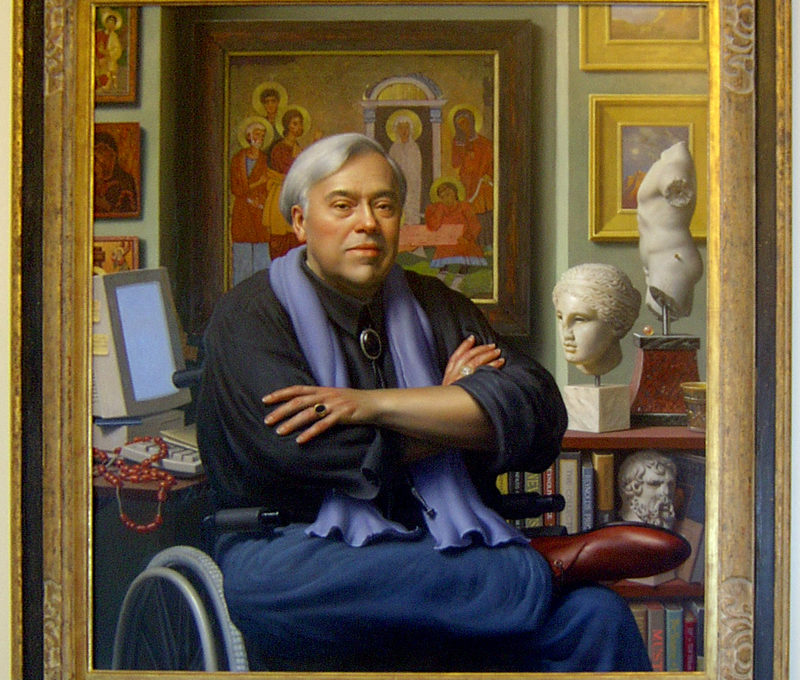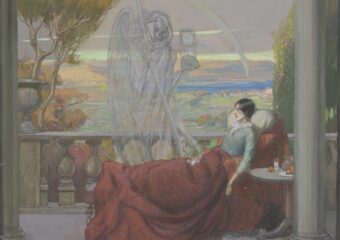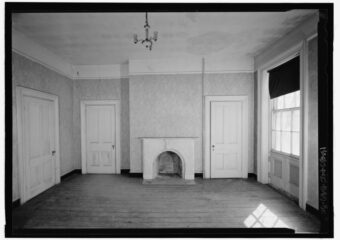llness as change can represent a wide range of effects. Rare is the illness experience that does not cause some change, even if it is just a matter of mildly disrupting a routine in order to get needed medical attention. Illness as change, however, is meant to convey life–altering change resulting from a health problem. The person with the health problem can no longer go on as before in some meaningful manner. People with health problems that produce illness as change will fight this change as long as possible, and their families and health care providers will also conspire to do the same. Yet, in the end, accepting the change necessitated by the illness will permit the person to make new plans and get on with life.
Illness does not change the perception of place for people with health problems, whether the perception is metaphorical or real. Illness instead changes the person who has the health problem. Author and English professor Reynolds Price was found to have a cancerous spinal tumor—he called it The Eel—requiring invasive surgery and aggressive radiation. These interventions eradicated the disease and probably saved his life, but he was left a paraplegic with severe pain. He resisted hard against his new situation but eventually came to grips with his reality. Of the person before the health problem manifested itself, Price says, “That person is dead as any teen-aged Marine drilled through the forehead in an Asian jungle; any Navy Seal with his legs blown off, halved for the rest of the time he gets; any woman mangled in her tenderest parts, unwived, umothered, unlovered and shorn.” He goes on to say that illness can eventually produce “a stripped-down whole other clear-eyed person, realistic as a sawed-off shotgun and thankful for air.”
Biomedicine is not generally equipped to help people with illness as change beyond various therapeutic interventions that help people to regain some physical abilities they may have lost (e.g., occupational and physical therapy). Price frequently leaned on poetry, some of which he wrote himself and will likely be of benefit to others who also have an illness resulting in change. In his poem, The Eel, Price shows signs of accepting the change his illness produced.
Years more to teach the famished children
Rising each spring like throats of flowers,
Asking for proof that life is literally
Viable in time.
Long years more
To use what I think I finally glimpse—
The steady means of daily love
In daily life: the patience, trust,
Suspended fear, to choose one soul
And stand nearby and say “Be you.
Be near but you.
Sources:
Reynolds Price, A Whole New Life: An Illness and a Healing. New York: Plume, 1994.
Portrait by Will Wilson (1999)
Oil on Canvas
37.5 x 41/48 x 52; gold and black frame
Arts and Artifacts Collection, Duke University Libraries
https://dukespace.lib.duke.edu/dspace/handle/10161/857
This work is licensed under a Creative Commons Attribution-Noncommercial-No Derivative Works 3.0 United States License.




